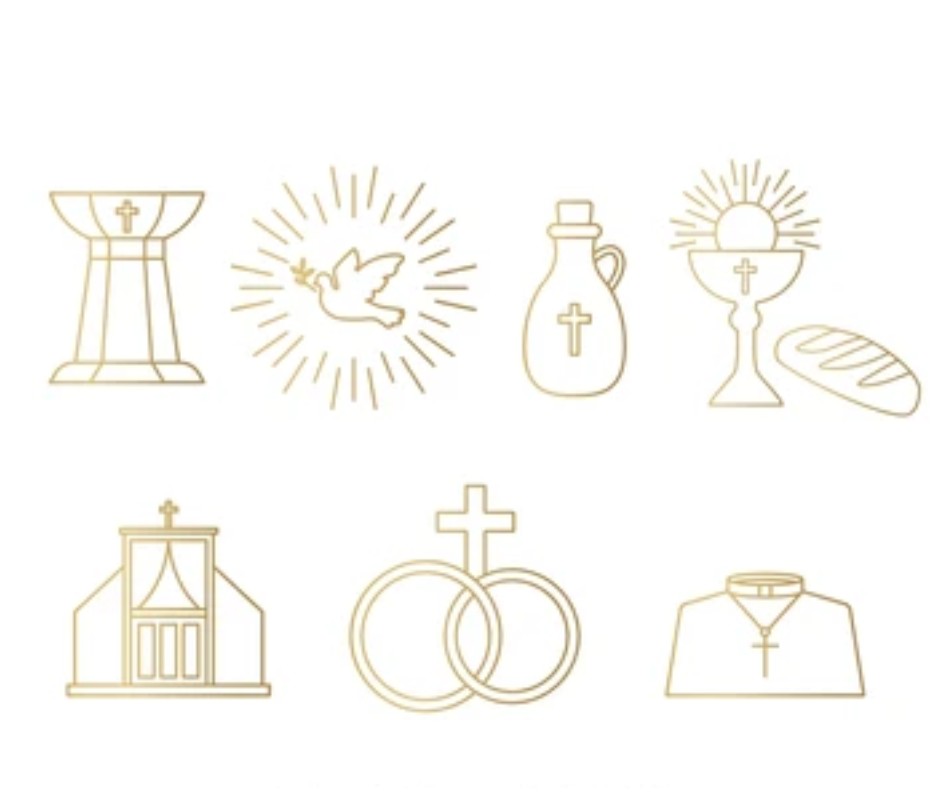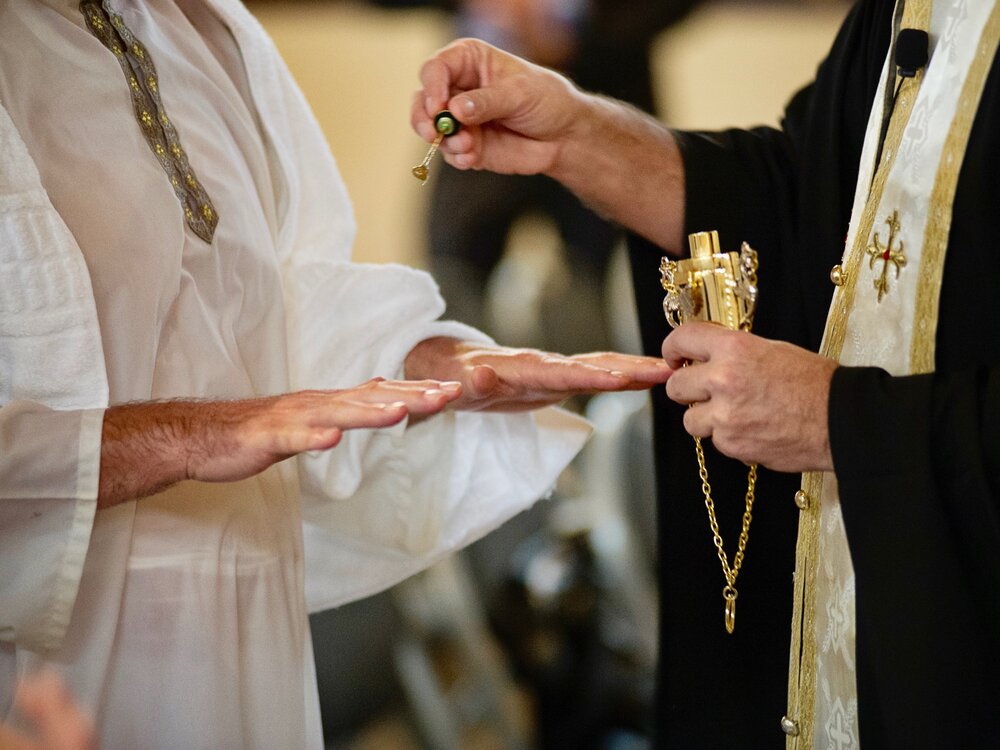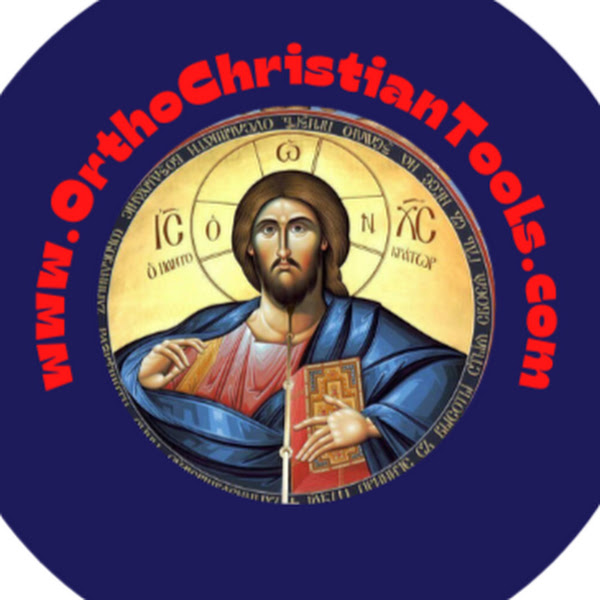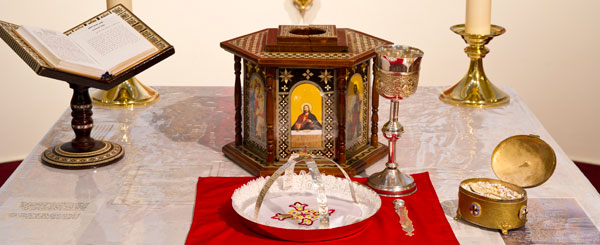Introduction: The Mystical Nature of the Sacraments
The Sacraments (or Mysteries) of the Orthodox Church are divine encounters where the invisible grace of God is conveyed through visible, material elements. Like the Church Herself, they possess a dual nature—both outward and inward, tangible and spiritual.
When we partake of the Holy Eucharist, we consume the true Body and Blood of Christ, though they appear as bread and wine. In Holy Baptism, water cleanses not just the body but the soul, washing away sin and granting new life. These sacred acts are called Mysteries because what we perceive with our senses transcends human understanding—what we see is not all we receive.
The Church takes ordinary elements—bread, wine, water, oil—and transforms them into vessels of the Holy Spirit, mirroring Christ’s Incarnation, where the Divine took on flesh. Each Sacrament is deeply personal, with the priest invoking the Christian name of the recipient, affirming that God’s grace is given individually.
While the Orthodox Church traditionally recognizes Seven Sacraments, this numbering is more for instruction than dogma. The Fathers of the Church debated the exact count—some named two, others six or even ten. Many other rites (like the Blessing of Waters or Monastic Tonsure) also carry sacramental grace.
Let us explore these Holy Mysteries, their biblical foundations, and their transformative power in the life of a believer.

1. Holy Baptism: The Door to Eternal Life
“Unless one is born of water and the Spirit, he cannot enter the Kingdom of God.” (John 3:5)
Baptism is the first and most essential Sacrament, the gateway into the Church. Through triple immersion in water in the name of the Father, Son, and Holy Spirit, the believer is cleansed of Original Sin and personal sins, reborn into a new life in Christ.
Key Aspects of Baptism:
Instituted by Christ after His Resurrection (Matthew 28:19).
Differs from John’s Baptism, which was only a baptism of repentance (Acts 19:4-5).
Infant Baptism is practiced, following Old Testament circumcision (Colossians 2:11-12).
Performed by immersion, symbolizing death to sin and resurrection in Christ (Romans 6:4).
Sponsors (Godparents) ensure the spiritual upbringing of the baptized.
Baptism is unrepeatable (Ephesians 4:5), except if performed incorrectly (without Trinitarian formula).
2. Holy Chrismation: The Seal of the Holy Spirit
“You shall receive the gift of the Holy Spirit.” (Acts 2:38)
Following Baptism, the newly illumined is anointed with Holy Chrism, receiving the Seal of the Holy Spirit. This Sacrament:
Confirms the believer’s union with Christ.
Empowers spiritual warfare against sin.
Makes one a full member of the Church, able to receive the Eucharist.
The Chrism (a fragrant oil consecrated by bishops) is applied to the forehead, eyes, nostrils, mouth, ears, chest, hands, and feet, marking the whole person for divine service.
3. The Holy Eucharist: Communion with God
“Take, eat; this is My Body… Drink of it, all of you; for this is My Blood.” (Matthew 26:26-28)
The center of Orthodox worship, the Eucharist is:
The true Body and Blood of Christ (John 6:53-56).
A sacrificial offering, uniting us with Christ’s Passion.
The bond of Church unity (1 Corinthians 10:16-17).
We commune under both species (Bread and Wine), standing in reverence. Preparation includes fasting, prayer, and confession.
4. Holy Repentance (Confession): The Second Baptism
“Confess your sins to one another… that you may be healed.” (James 5:16)
Confession provides:
Forgiveness of post-baptismal sins.
Spiritual healing and guidance.
Reconciliation with God and the Church.
The priest acts as a witness, not a judge, and offers absolution. True repentance requires sorrow for sin, confession, and amendment of life.
5. Holy Unction: Healing of Soul and Body
“The prayer of faith will save the sick… and if he has committed sins, he will be forgiven.” (James 5:15)
Performed for the ill or dying, this Sacrament:
Seeks physical and spiritual healing.
Offers remission of sins.
Prepares the soul for eternity.
Traditionally done by seven priests, it involves anointing with oil and Gospel readings.
6. Holy Matrimony: A Sacred Union
“What God has joined together, let no man separate.” (Matthew 19:6)
Christian marriage is a reflection of Christ’s love for the Church (Ephesians 5:32). The service includes:
Betrothal (exchange of rings).
Crowning (symbolizing martyrdom and joy).
Common cup (recalling Cana’s miracle).
Divorce is permitted only as a pastoral concession (Matthew 19:9), with remarriage involving penitential rites.
7. Holy Orders: The Apostolic Ministry
“The Church is built upon the foundation of the apostles and prophets.” (Ephesians 2:20)
The three major orders are:
Bishop (successor of the Apostles).
Priest (celebrates Sacraments).
Deacon (serves the Liturgy).
Ordination involves laying on of hands and the people’s affirmation (Axios!).

Conclusion: Living the Mysteries
The Sacraments are not mere rituals but living encounters with God’s grace. They sustain, heal, and deify us, transforming our entire being. As St. Paul says,
“It is no longer I who live, but Christ who lives in me.” (Galatians 2:20)
May we approach these Holy Mysteries with faith, reverence, and love, allowing them to transfigure our lives for the Kingdom of Heaven.
Amen.

